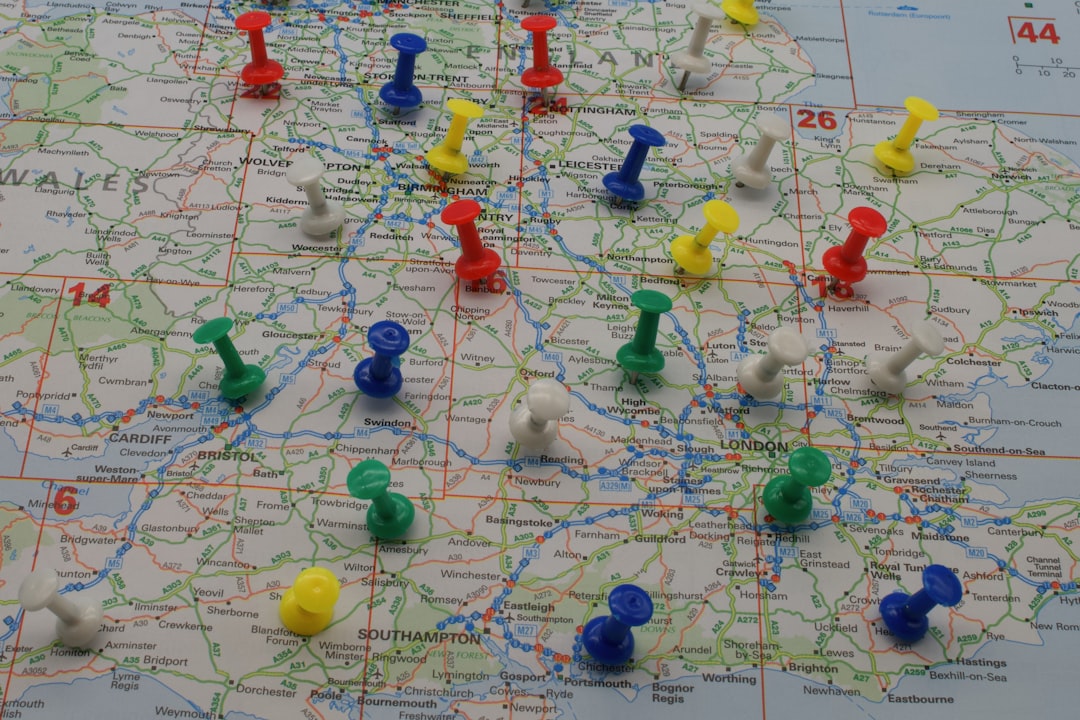For businesses targeting customers in specific regions, understanding the importance of Local SEO and how tools like heatmaps affect user behavior is crucial. Local SEO helps your business stand out in regional searches, increasing foot traffic and conversions. Combining it with heatmaps allows website owners to visually interpret how visitors interact with their site. Together, these tools can optimize not only your visibility but also your digital experience, driving growth in a competitive local marketplace.
What Is Local SEO?
Local Search Engine Optimization (Local SEO) is a strategy aimed at improving a business’s visibility in search results for location-specific queries. When someone searches for “coffee shop near me” or “plumber in Chicago,” the results that appear are guided by Local SEO algorithms implemented by search engines like Google.
Essential components of Local SEO include:
- Google Business Profile: Ensuring your business is claimed, verified, and optimized.
- Local Citations: Consistency in Name, Address, and Phone Number (NAP) across directories.
- Localized Content: Creating content relevant to the local area.
- Online Reviews: Positive ratings and reviews impact search ranking and customer trust.
- Mobile and Voice Search Optimization: Increasingly important with the rise in mobile usage.
By refining their Local SEO tactics, businesses make it easier for customers in the area to find their services, especially through Google Maps and “near me” searches.

What Are Heatmaps?
Heatmaps are visual representations that show how visitors interact with a website. They use color gradients to indicate levels of activity—typically red for the most activity and blue for the least. These tools are extremely useful in identifying what areas of a site attract attention and which are being ignored.
Types of heatmaps include:
- Click Maps: Show where users click most frequently.
- Scroll Maps: Indicate how far down the page visitors scroll.
- Mouse Movement Maps: Track pointer or cursor movement.
By analyzing this behavioral data, businesses can fine-tune their websites to improve engagement and reduce bounce rates. For example, if a heatmap shows that few users scroll to the bottom of your home page, consider placing important content higher up.

How Local SEO and Heatmaps Work Together
While Local SEO drives traffic to your website, heatmaps allow you to optimize the experience once users arrive. Here’s how they complement each other:
- Local Landing Pages: Heatmaps help evaluate the effectiveness of locally targeted landing pages by showing which elements capture attention.
- Call-To-Action (CTA) Placement: Insights from heatmaps can guide you in placing CTAs where they are most likely to be clicked, like “Call Now” or “Get Directions.”
- User Engagement: Combining heatmap data with local behavior helps tailor your website’s design to match user expectations in specific areas or demographics.
- Mobile Optimization: Heatmaps for mobile devices can reveal unique issues, like small touch targets or misaligned buttons, particularly relevant for local searches often made on smartphones.
Using both tools together creates a data-driven strategy for enhancing both visibility and user experience. This synergy is especially powerful for small and medium-sized businesses looking to increase their competitive edge locally.
Conclusion
Combining Local SEO with insights from heatmaps can become the competitive advantage your business needs. While SEO brings users in, heatmaps help turn those visits into meaningful actions. By continuously analyzing user behavior and refining your local digital presence, your business builds credibility, relevance, and trust in your community — traits that translate into sustainable growth.
FAQs
- What is the difference between SEO and Local SEO?
Traditional SEO focuses on improving a site’s visibility on a national or global scale, while Local SEO targets geographical-specific search queries to enhance visibility among local audiences. - Do heatmaps affect SEO rankings?
No, heatmaps themselves do not affect rankings but help optimize UX, which can indirectly improve bounce rates and engagement—factors Google may consider. - Which businesses benefit most from Local SEO?
Any business with a physical location or serving a specific area, such as restaurants, medical offices, law firms, or repair services, will benefit from Local SEO. - What tools are used to generate heatmaps?
Popular heatmap tools include Hotjar, Crazy Egg, Mouseflow, and Clarity. These platforms provide features like click tracking, scroll depth analysis, and session recordings. - How often should I update my Local SEO strategies?
Regular updates are key—review and adjust your Local SEO strategy quarterly or when there are significant changes to your business (e.g., new location, rebranding).



